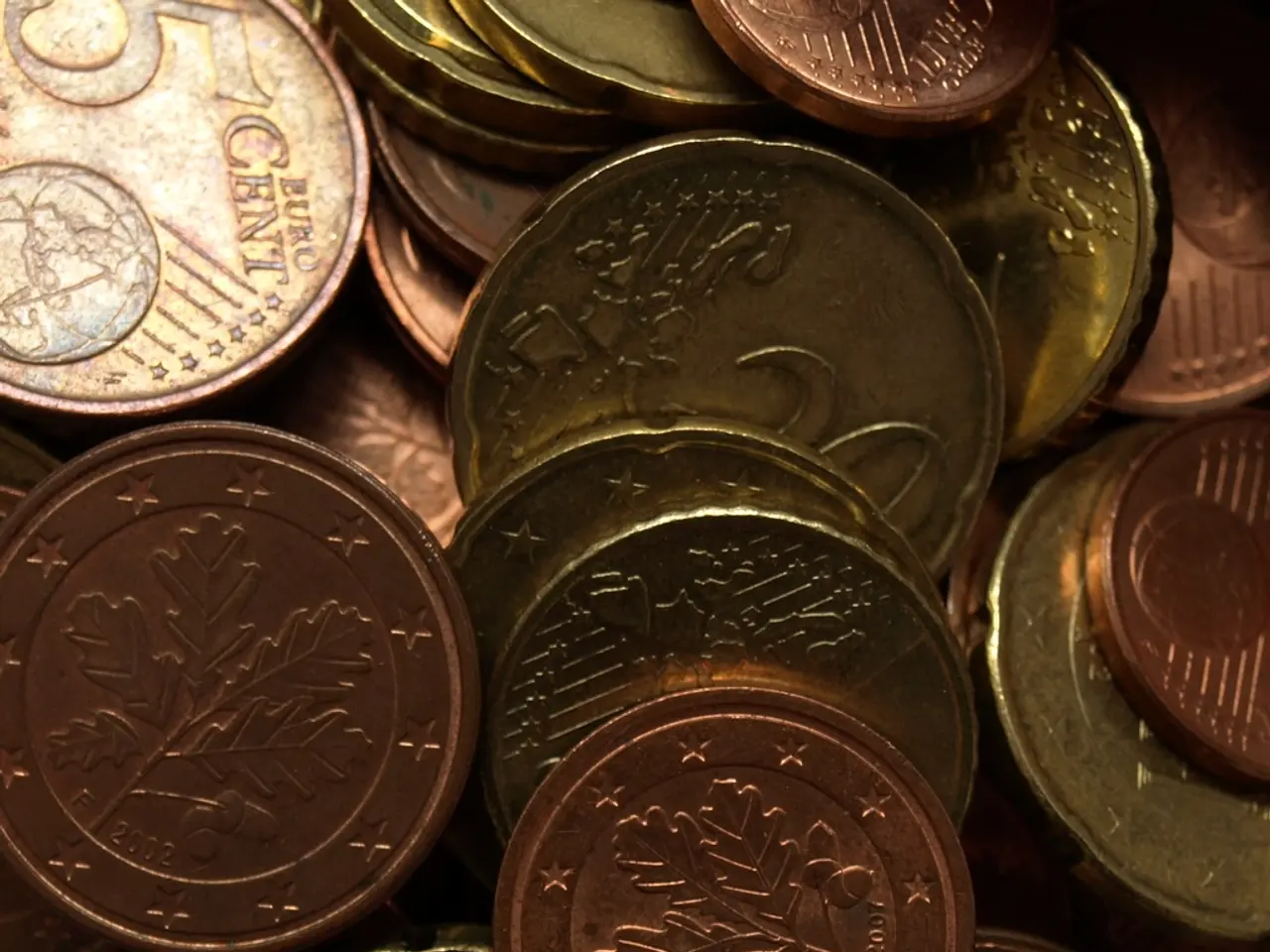2009's Bitcoin Resurfaces - Could the $30 Million Shift be a Warning?
In a remarkable event that has sent ripples through the cryptocurrency market, several Bitcoin wallets that have been dormant for over 15 years have suddenly become active again. These wallets, each originally credited with 50 Bitcoins in April 2010, moved a total of around 250 BTC (approximately $29.6 million) on July 31, 2023.
These coins were mined during Bitcoin's early testing phase when mining was still accessible to individual CPUs and before major exchanges or the general public's interest existed. The timing and origin of these coins link them to the "Patoshi pattern," a unique mining address behavior believed to reflect the activity of Bitcoin's creator, Satoshi Nakamoto.
The movement itself did not immediately trigger widespread selling since the coins were split and not sent to centralized exchanges. However, such activity is seen as potentially signalling a change in long-term holder behaviour and possibly foreshadowing market shifts or profit-taking.
Beyond these 2010 wallets, even older wallets from around 2013 have moved significant amounts recently, further fuelling speculation about ancient "whales" influencing the market.
The identity of the owners of these dormant wallets remains a mystery, with experts suggesting they likely belong to other early adopters due to differences in mining speed and nonce range. Wallet shuffles without selling are common among early miners who want to consolidate or upgrade their security.
The transfer of these coins has caused speculation in the market about a potential massive sell-off. If the wallets start funnelling coins into exchanges or over-the-counter desks, panic could spread. However, the impact on prices may be low unless the coins are moved in bulk.
Meanwhile, in a separate development, Japan's Financial Services Agency has moved oversight of crypto-asset exchanges into a more powerful unit. The aim is to tighten rules, improve capital checks, and guard against money-laundering. This move indicates that regulators aren't standing still and are making sure crypto firms meet tougher standards going forward. None of the transferred funds have appeared on public exchanges yet.
[1] CoinDesk (2023). Major Bitcoin Wallets from 2010 Move $29 Million in Single Day. [online] Available at: https://www.coindesk.com/major-bitcoin-wallets-from-2010-move-29-million-in-single-day
[2] The Block (2023). Analysis: The 2010 Bitcoin Wallets Moving Today. [online] Available at: https://www.theblockcrypto.com/post/90141/analysis-the-2010-bitcoin-wallets-moving-today
[3] Decrypt (2023). The 2010 Bitcoin Wallets Moving Today Are Linked to Satoshi. [online] Available at: https://decrypt.co/76963/the-2010-bitcoin-wallets-moving-today-are-linked-to-satoshi
[4] Bitcoin.com (2023). Major Bitcoin Wallets from 2010 Move $29 Million in Single Day. [online] Available at: https://news.bitcoin.com/major-bitcoin-wallets-from-2010-move-29-million-in-single-day/
- These coins, mined during Bitcoin's early testing phase, were linked to Satoshi Nakamoto, according to recent analysis, due to their behavior reflecting the "Patoshi pattern."
- The movement of 2010 Bitcoin wallets, each originally credited with 50 Bitcoins, caused speculation in the cryptocurrency market about a potential massive sell-off.
- The transfer of these 2010 coins did not trigger widespread selling since the coins were split and not sent to centralized exchanges, but it could foreshadow market shifts or profit-taking.
- Even older wallets from around 2013 have moved significant amounts recently, fuelling further speculation about ancient "whales" influencing the market.
- The Japanese Financial Services Agency has moved oversight of crypto-asset exchanges into a more powerful unit, aiming to tighten rules, improve capital checks, and guard against money-laundering.
- Experts suggest that the owners of these dormant Bitcoin wallets likely belong to other early adopters due to differences in mining speed and nonce range, and wallet shuffles without selling are common among early miners who want to consolidate or upgrade their security.




